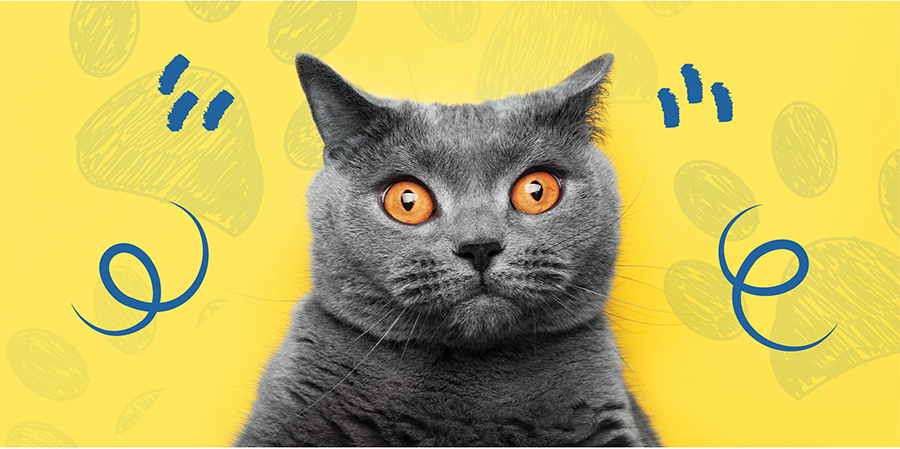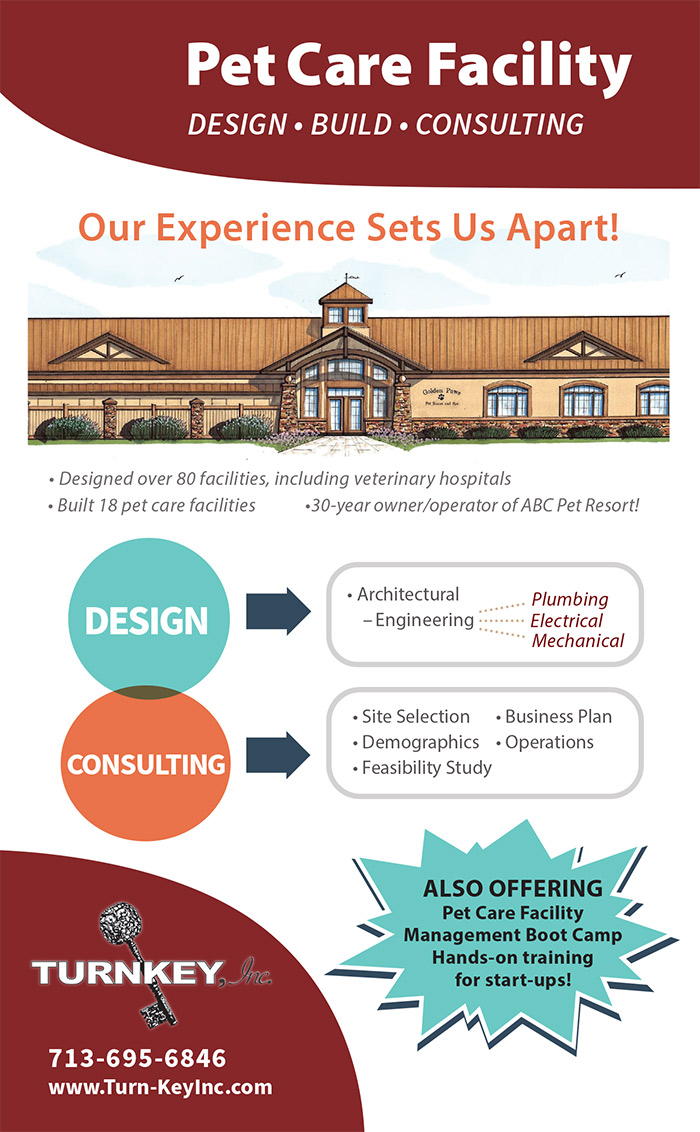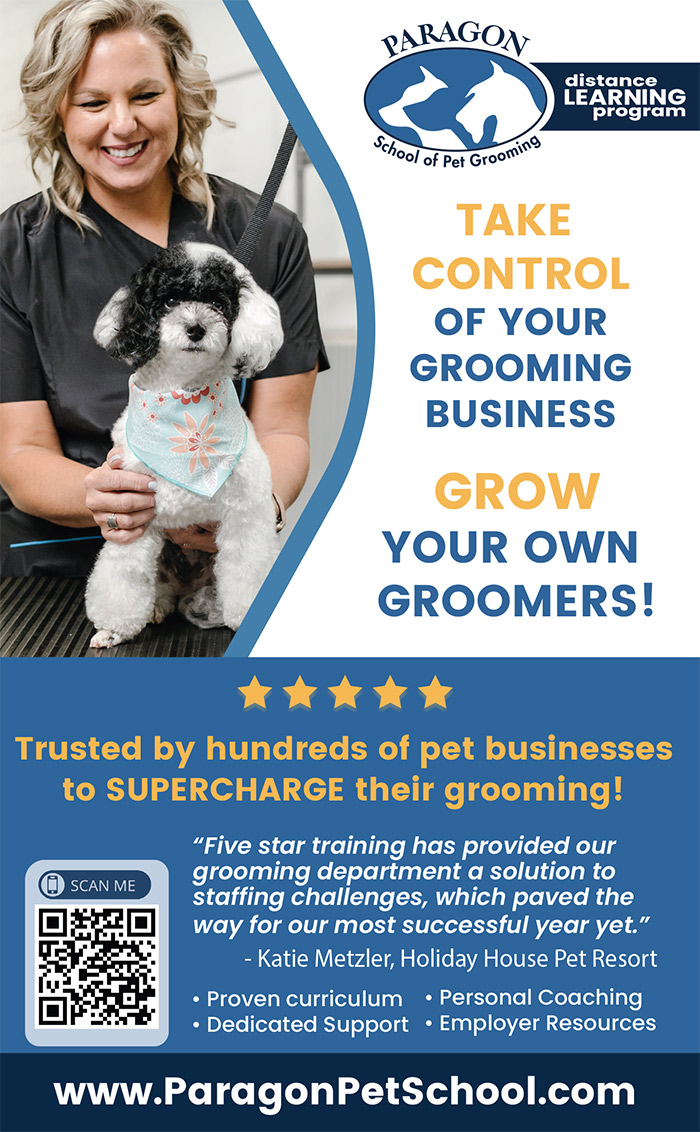

 e often hear remarks from those in the industry who want their pet care center to be state-of-the-art, of the highest quality and at the level of which no one in their community has ever seen before! And expectations such as these can certainly be met…if they have deep pockets and years of experience to make their lofty goals happen.
e often hear remarks from those in the industry who want their pet care center to be state-of-the-art, of the highest quality and at the level of which no one in their community has ever seen before! And expectations such as these can certainly be met…if they have deep pockets and years of experience to make their lofty goals happen.
There’s absolutely nothing wrong with setting the bar high; however, many times the emphasis of excellence is only on the aesthetics of the center. Instead, by focusing on the health and happiness of each pet, we can fly right by that high bar to a level of consistent, high-quality pet care.

If flea dirt or fleas are seen, you can require the dog to have a bath before entering the lodging or daycare areas. If the nails are extremely long, ask the parent if you can trim them. The pet will certainly feel better if the nails aren’t curling under. The last piece of the entry evaluation will be weighing the pet. A walk-on scale is a must-have in your center for monitoring changes in the weight.
All of the information you gather will be entered on an entry evaluation form, into the pet’s digital file, or both. Having the dog’s information right in front of the staff’s eyes during the entire lodging stay makes tracking any problems or changes efficient and fast.
A baby scale is an easy way to take a cat’s weight by sitting the carrier on the scale while the cat is inside. Afterwards, when the cat is placed in its enclosure, the empty carrier can be weighed and that amount subtracted from the total to get the weight of the cat.

If your center takes cats, the entry evaluation should be done in a more secure area, such as the cat lodging room. Cats are more likely to be unapproachable at entry if it’s a first-time visit.
Secondly, evaluations are a good tool for client retention. The parent will see that your center is focused on the wellbeing of their precious pet. This will go a long way to solidify that bond of trust between you and the parent, and will keep them coming back again and again because your center is truly pet-centric.
Evaluations also promote team growth. It’s very gratifying to see each member of our team grow to be the most excellent version of themselves. Sometimes our best lodging techs are wonderful with pets, but not so great with the people at the end of the leashes. Learning to introduce themselves and interact with the parents will teach them a life skill that will serve them well—confidence.
If you remain aware of the condition and health of the pets in your care at all times, you will reap the reward for doing so. Your business and your reputation will grow because you achieved and passed the high bar you set for yourself by offering the very best pet care anyone has ever seen!
Suzanne Locker has owned ABC Pet Resort & Spa in Houston, Texas since 1991 and serves as CEO of the company. After 32 years of working in multiple capacities across the national stage, Suzanne continues to be an active, involved leader in the pet care industry. She is a consultant for Pet Care Management Boot Camp, in partnership with Turnkey, Inc., an architectural design/build/consulting firm, and remains dedicated to promoting safe, happy pet care!


